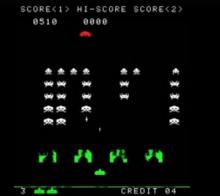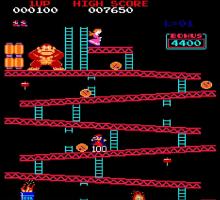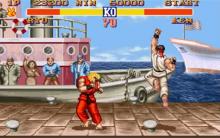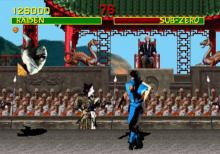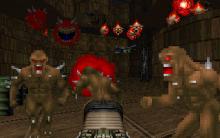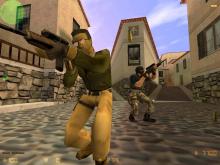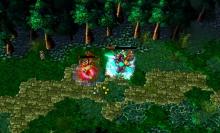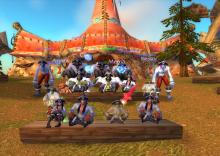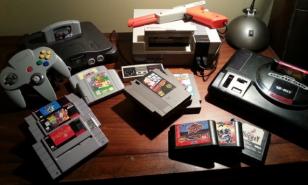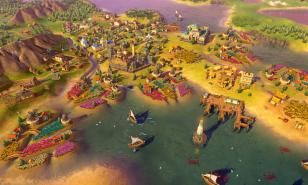The History of Video Games: 11 Interesting Facts You Didn’t Know: Page 4 of 11
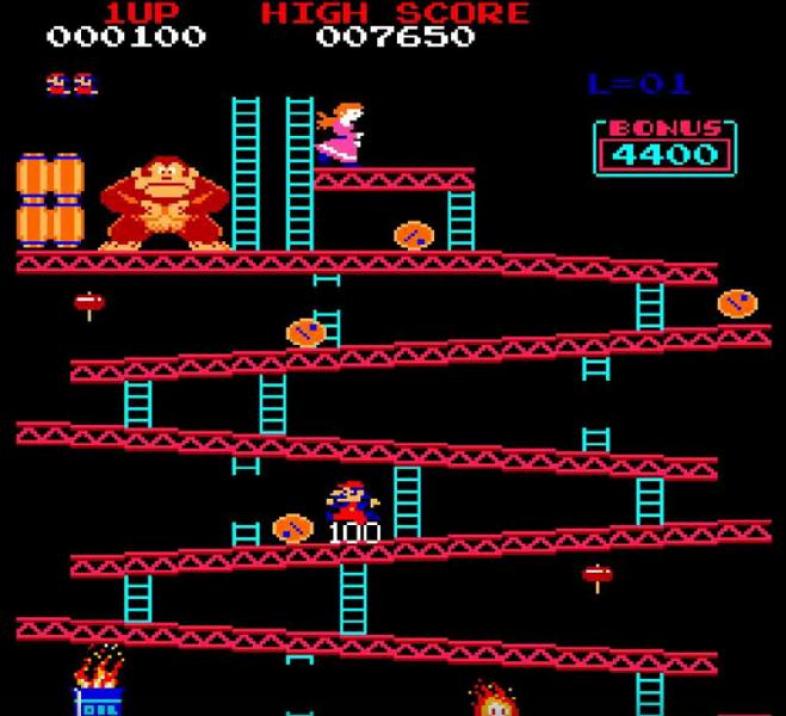
4. 1975 - 1979:
The Second Generation Home Consoles, the Rise of Atari
The mid to late 1970s witnessed increased video game commercialization and Atari’s rise to prominence.
In 1975, Atari launched the home version of table tennis game Pong through Sears. 150,000 units were produced, which Sears sold exclusively. It proved an extremely popular Christmas present that same year.
1975 was the year William Crowther created the text-based computer game Adventure. In 1976, Don Wood launched his own version of the game. Taking inspiration from the tabletop roleplaying game, Dungeons and Dragons, the game had players exploring a treasure-filled cave. In turn, it would later inspire 1977’s Zork, and therefore serve a pivotal role in the development of the roleplaying game genre of video games.
Some of the earliest role-playing games (RPGs) for computers were 1975’s pedit5 and dnd, and 1976’s Dungeon.
The first fighting game was released in 1976. It was an arcade title called Heavyweight Champ.
1976 also saw the launch of the first adventure game, the text adventure game known as Colossal Cave Adventure.
In 1976, two companies unveiled their own home video game entertainment systems. For Coleco, it was the Telstar, which cost $50. For Fairfield Semiconductor, it was the Video Entertainment System (VES), a console into which players inserted interchangeable cartridges to play games. It was later renamed as the Fairchild Channel F – the first cartridge-based home console. It cost $169.95
In 1977, Atari launched its own cartridge-based machine, the Video Computer System, also known as the Atari 2600. It cost $200. This iconic home console featured swappable cartridges, a joystick, colored video games, and other technological innovations. It proved extremely successful, making gamers of millions of ordinary Americans for the first time in history. The proliferation of Atari 2600 and its competitors would spark the onset of the second generation of home video game consoles.
1977’s Zork became popular on the ARPANET.
Inspired by Zork, a college student in the UK named Roy Trubshaw created a multi-user game which he called MUD, or Multi-User Dungeon. This was a text-based multiplayer virtual world in which players interacted with each other in real-time. It inspired several MUD-type games, which in turn would play a significant role in the development of MMORPGs.
In 1978, arcades in Japan were invaded by Taito’s beloved classic, Space Invaders. It was a rousing success. Midway brought the arcade game to the U.S. to similar fanfare. Space Invaders was the first arcade game with the ability to keep track of and display players’ top scores.
Atari released another arcade classic, Asteroids, in 1979. It would be the first game that enabled high scoring players to input their initials – in the form of three characters of their choice – in the system.
Nintendo released the arcade shooter Radar Scope in 1979. It was innovative in that in featured a third-person perspective. Games like Radar Scope would eventually inspire the third-person shooter genre.
Image Gallery
- Log in or register to post comments
- 2807 reads
 Home
Home PC Game Trailers
PC Game Trailers News
News Menu
Menu






